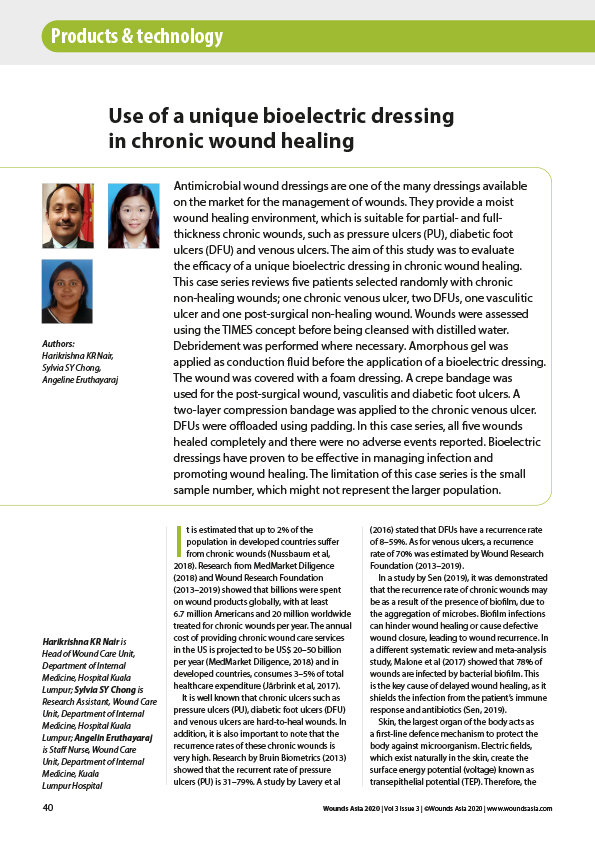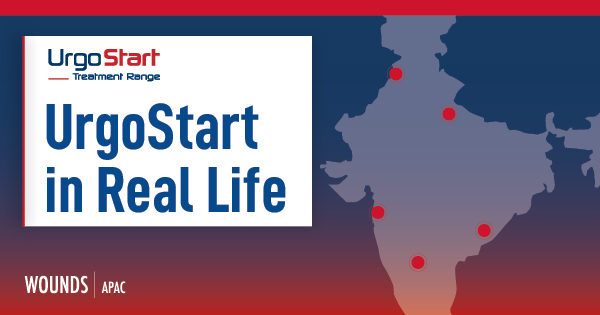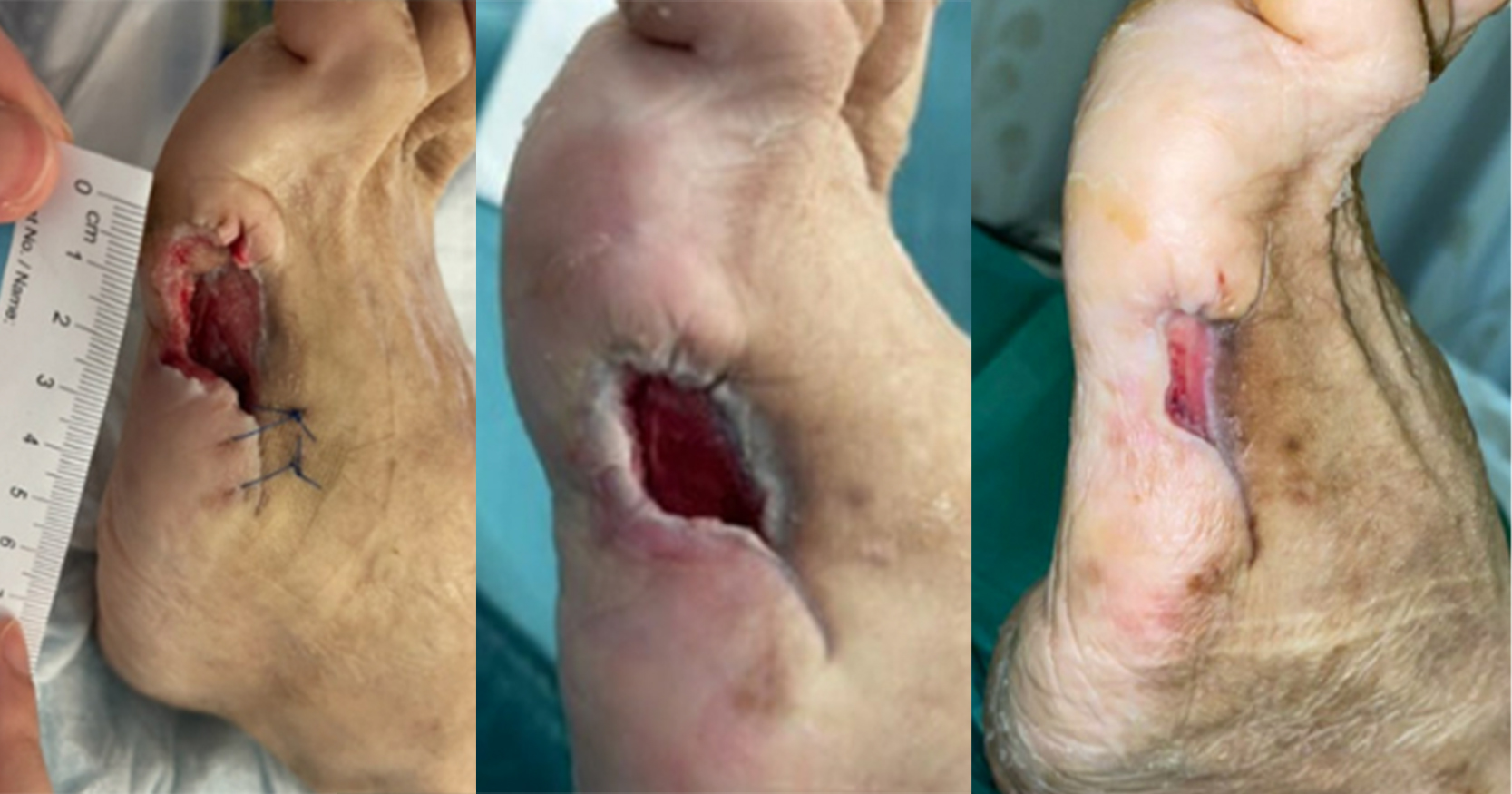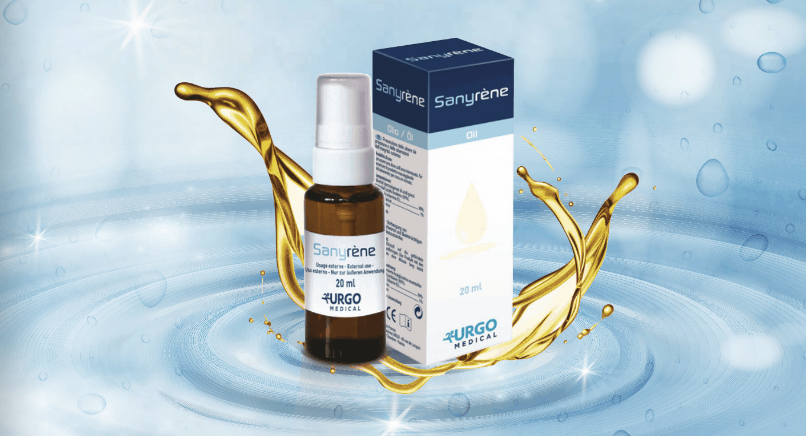Antimicrobial wound dressings are one of the many dressings available on the market for the management of wounds. They provide a moist wound healing environment, which is suitable for partial- and fullthickness chronic wounds, such as pressure ulcers (PU), diabetic foot ulcers (DFU) and venous ulcers. The aim of this study was to evaluate the efficacy of a unique bioelectric dressing in chronic wound healing. This case series reviews five patients selected randomly with chronic non-healing wounds; one chronic venous ulcer, two DFUs, one vasculitic ulcer and one post-surgical non-healing wound. Wounds were assessed using the TIMES concept before being cleansed with distilled water. Debridement was performed where necessary. Amorphous gel was applied as conduction fluid before the application of a bioelectric dressing. The wound was covered with a foam dressing. A crepe bandage was used for the post-surgical wound, vasculitis and diabetic foot ulcers. A two-layer compression bandage was applied to the chronic venous ulcer. DFUs were offloaded using padding. In this case series, all five wounds healed completely and there were no adverse events reported. Bioelectric dressings have proven to be effective in managing infection and promoting wound healing. The limitation of this case series is the small sample number, which might not represent the larger population.






